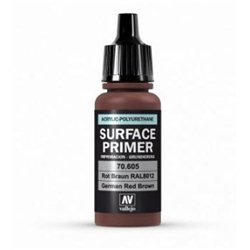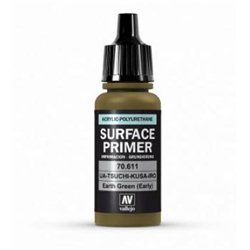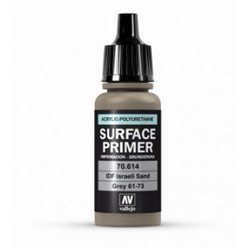There are a number of different options for attaching figures such as a horse and rider to a layout. Perhaps the...
No products
Product successfully added to your shopping cart
There are 0 items in your cart. There is 1 item in your cart.
Search Tips
How can I stop corrosion occurring on metal figures or locomotives?
Modellers work with a wide variety of substances when producing models or layouts. The most common are forms of injection moulded plastic, such as styrene. Other kits can be produced using resin parts. Resin offers the manufacturer the ability to create fine detail in a strong medium that just may not be possible in styrene or equivalent materials. Other modellers may build kits from metal parts, such as figures or custom-made locomotives.
Resin and plastic are reasonably easy to work with and generally require basic techniques for clean-up and preparation before working. Those working with metal-based models have another possible consideration to factor in that is not an issue for plastic and resin, namely that of corrosion. Over time many metals will react with various substances and cause corrosion. This can be caused by a number of different phenomena, the most noticeable being water vapour in the atmosphere. Other factors to bear in mind are changes in temperature and humidity, electrolysis and even the build-up of dust, dirt and bacteria that can lead to corrosion occurring.
Corrosion can be a significant issue as it will inevitably discolour metal surfaces but equally will hinder the action of adhesives and paint, leading to the latter peeling away from metal-based models. As with any modelling material, metal-based models will benefit from a clean-up and preparation process prior to assembly and painting. The issue of corrosion inevitably leads to a slightly different approach to clean-up and prep with different materials being used. One tried and trusted method for metal preparation is to soak the model parts in white vinegar or white wine vinegar-based solutions for a few hours. This should then be allowed to naturally dry before any undercoat or adhesive is applied. For primers and subsequent paint layers ideally use lacquers or enamels as they will work better with metal surfaces than acrylics.
Click here to receive the tips weekly in your mailbox. You can unsubscribe at any time.










